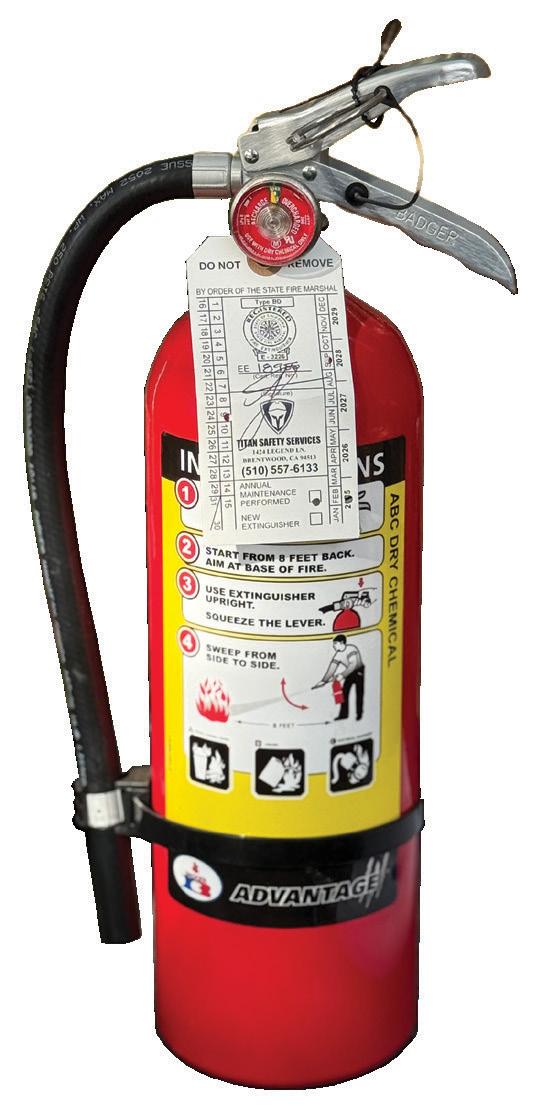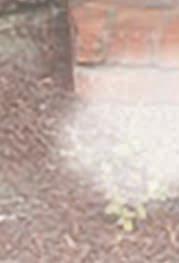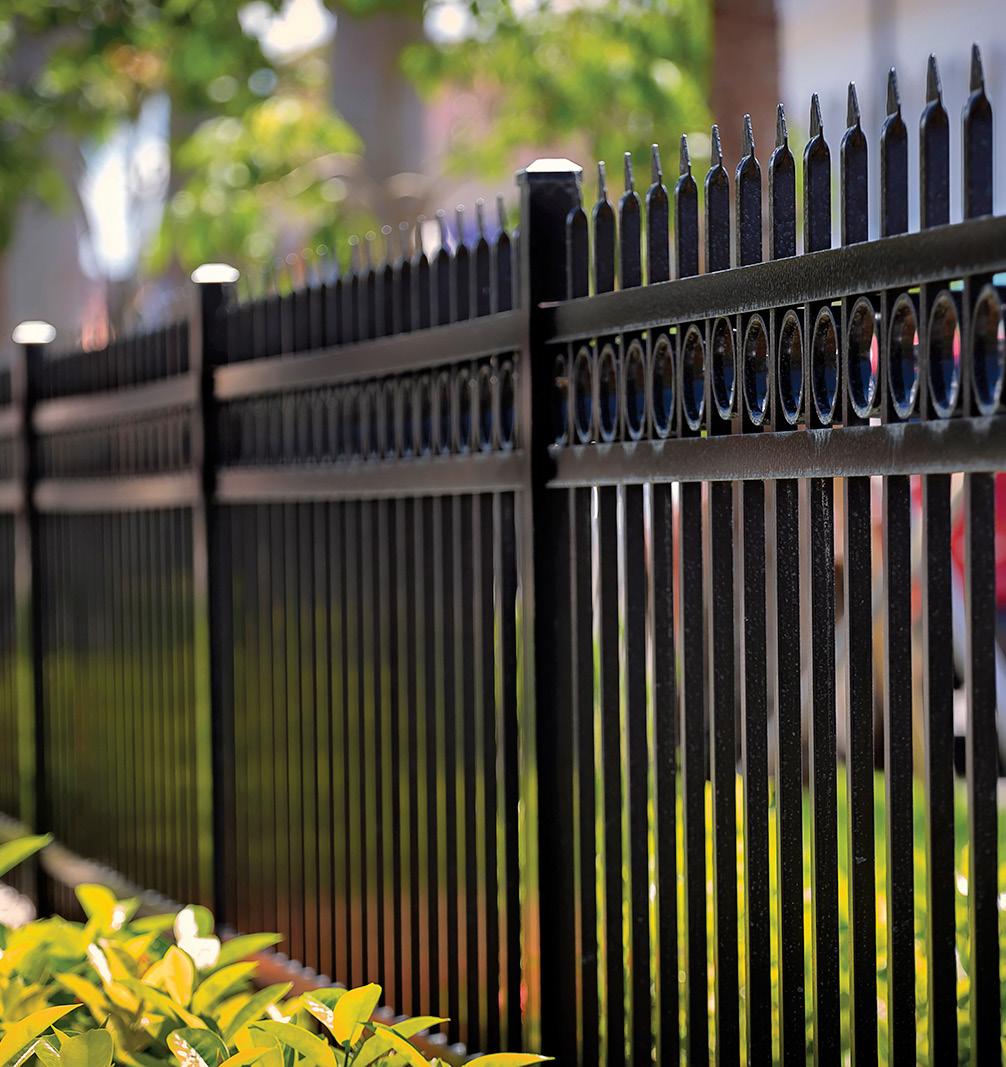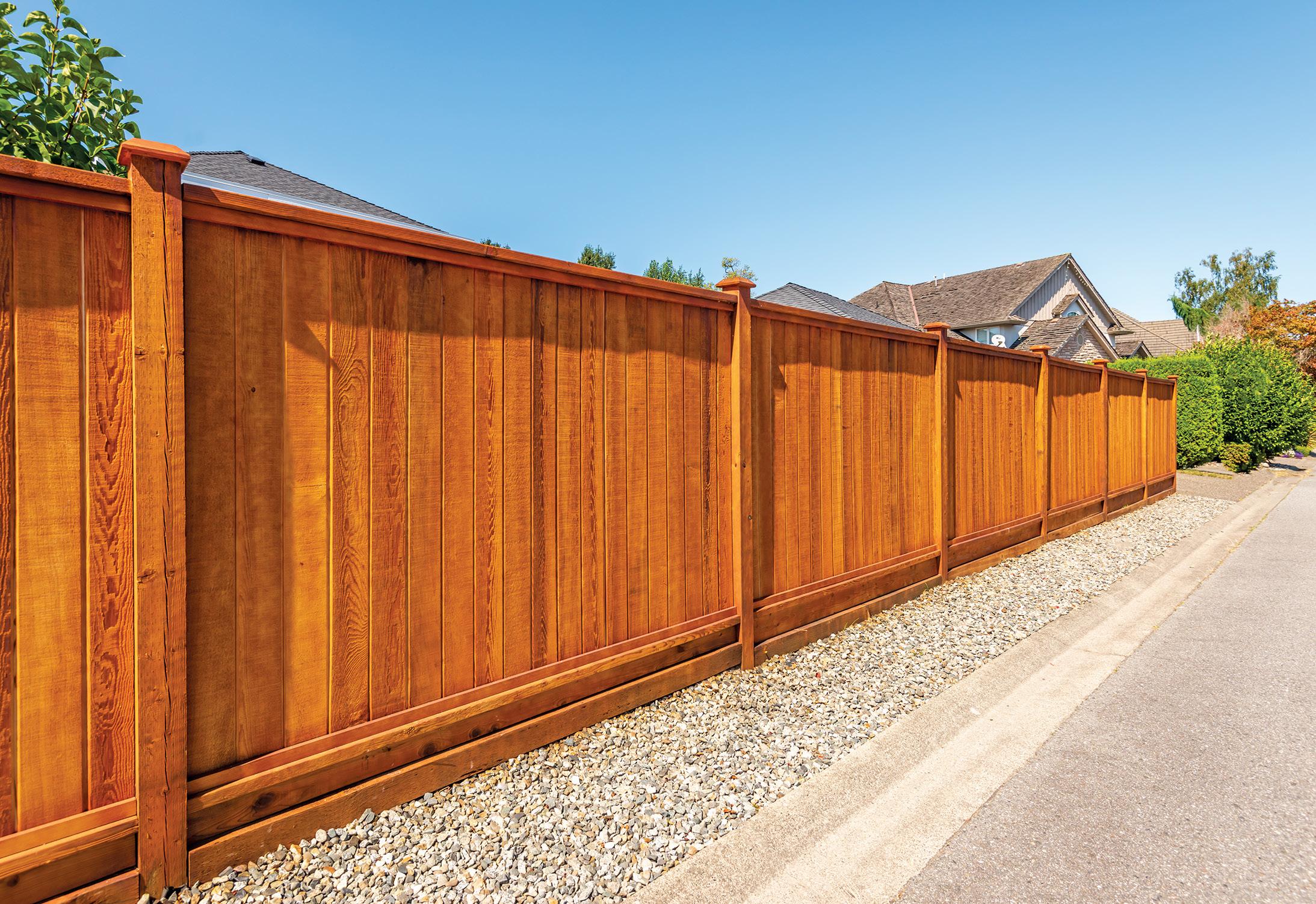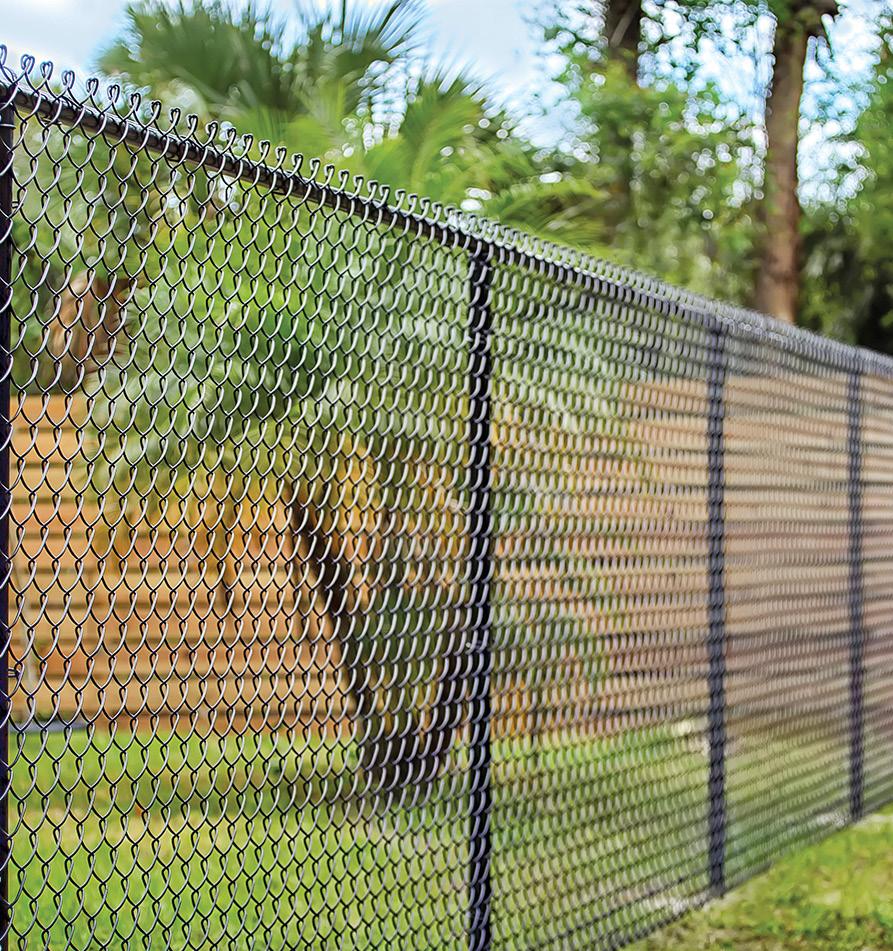THE PRESS
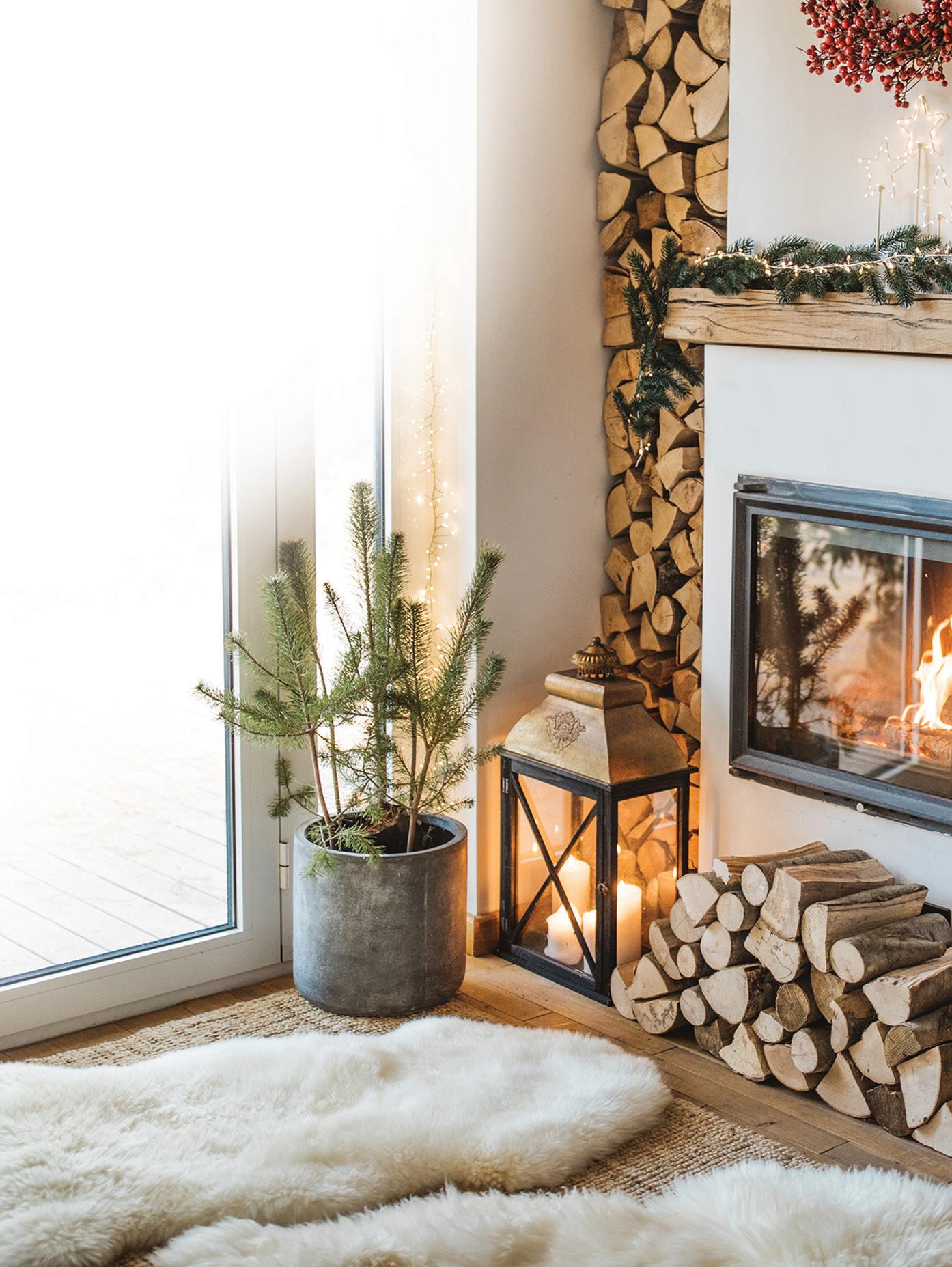
Fall Edition
Winterizing your garden
Plants best suited to California’s climate page 3B
Home insurance 101
What it is and why you need it page 2B
Deck the halls
Decorating your yard safely for Halloween and beyond page 8B



Winterizing your garden
Plants best suited to California’s climate page 3B
Home insurance 101
What it is and why you need it page 2B
Deck the halls
Decorating your yard safely for Halloween and beyond page 8B

Keeping a home safe in California can be difficult with earthquakes and fires always being potential disasters. Farmers Insurance agent Denise Cosgrove of Brentwood urges you to be prepared for any potential harm to your home by having a good homeowner’s insurance policy plan.
“Homeowner’s insurance protects you from the unexpected,” Cosgrove said. “It’s always good to have it, because you never know what can happen.”
Cosgrove broke down homeowner’s insurance as a safety net in case your home is damaged by an accident or disaster so that you don’t have to pay completely out of pocket for repairs. Cosgrove gave the examples of a small kitchen fire burning and destroying your cabinets, then homeowner’s insurance will cover some of the cost depending on your policy to replace those cabinets. Or in a natural disaster, such as a wildfire burning your home down, homeowner’s insurance will help in the cost to rebuild a new home. Cosgrove also said that homeowner’s insurance can protect you from legal action if somebody is hurt on your property.
Lenders require homeowners to have insurance policies, and “almost all mortgages will require you to have homeowner’s insurance,” Cosgrove said. “Once you’ve paid off the house, you are free to do whatever you want. But more often than not, clients continue purchasing some form of homeowner’s insurance.”
After the Palisades fire in Los Angeles County last January, some insurance companies stopped covering California residents all together. Cosgrove said that factors such as the pandemic and inflation caused insurance companies to no longer be able


to cover the cost of rebuilding all the homes that were destroyed. However some companies, like Farmers Insurance, continue to cover California residents.
“Some people just got letters in the mail saying they were no longer covered,” said Cosgrove regarding insurance companies leaving California. “For those people who were left by their insurance company, it’s important that they get a new policy just in case.”
To find which insurance company suits your needs best, Cosgrove suggested first comparing the cost of each company’s insurance plan and their benefits on the website or by calling a representative to learn more about them. Once you’ve decided which company is best, Cosgrove suggests meeting an insurance agent to break down which policy and what protections you will most likely need.
For clients who already have homeowner’s insurance, “I would say meet with your agent once a year just to stay up to date with your policy,” Cosgrove said. “You never know if your policy has changed, so it’s best to stay in contact with your agent.”
For more information, contact Cosgrove at 1210 Central Blvd. Suite 108, in Brentwood via phone at 925-308-4180, agents.farmers. com/ca/brentwood/denise-cosgrove/ or at denise@cosgroveinsurance.com

As the weather gets cooler and wetter, plants become more vulnerable to freezing and dying. Johnny Kyles from Perez Nursery & Landscaping, 2601 Walnut Blvd., in Brentwood, has some tips to help keep your lawn and garden alive through the chilly winter.
Kyles suggests that grass lawns be dethatched this time of year. Dethatching is the removal of the layer of dead grass that has gathered atop the soil. Dethatching can be done by raking your lawn with a thatch rake to collect the dead grass or by using a dethatcher machine, similar to a mower, that is less labor intensive.
“(Your lawn) doesn’t have to be dethatched every year or every fall, but say every few years, because you want to promote new growth so that you have a greener fresher lawn come spring,” Kyles said.

California’s warm climate, and being low maintenance plants, has made succulents popular in residents’ lawns. Succulents can thrive with little watering and are not vulnerable in heavy rainfall. But, can succulents survive a cold California winter?
“Succulents really don’t like the cold cold,” Kyles joked. “In this area here… you don’t have to worry a lot about the temperature dropping so much that it would damage your succulents. But if it



does continuously from night to night or day to day, where temperatures get down to somewhere even a little above freezing, then you might want to protect them with a fabric cloth or something that you throw over them.”
Most annuals, such as sunflowers and snapdragons, will begin finishing their life cycle this late in the year. However, Kyles said pansies and mums begin their blooms
in the fall with cyclamens and primroses beginning their blooms in the winter. Perennials, unlike annuals, are not limited to a yearly lifespan but they do become dormant in the winter. Dormant perennials can survive the average amount of winter rainfall in California, but Kyles warned that they should be watered once a week if it is dry winter. If the upcoming winter is wet with frequent rain, Kyles stressed that drought-tolerant perennials, such as lavender and coneflower, should not be watered in the early spring and require their soil to be set up with drainage.
Like perennials, fruit trees will lose their leaves in the fall and become dormant during the winter. Kyles mentioned that fruit trees should be pruned during their dormancy. Pruning is the cutting of a tree’s branches to keep fruit of the trees at a reachable distance. Kyles suggested cutting only about one foot off the branches to keep their branches manageable in their bloom. He also stressed that pruning should be done with sterilized cutting tools to protect your tree from potential fungi that might be transferred from other plants that also required cutting. Fruit trees should also be watered once a week if it is dry winter.
For details, visit http://pereznursery. com/ or call (925) 516-1052.





















Although siding on a home can be quite durable, there may be specific reasons why homeowners choose to or need to replace it at some point. Understanding what’s to come of the job can help homeowners prepare. No two siding jobs are the same, and each project will be dictated by a host of variables, including which type of siding homeowners choose. However, these general steps are commonplace during siding replacement projects.
♦ Choose siding: Homeowners are urged to consult with various siding installation companies about which products are available and ask each for an estimate. Budget, climate and other factors will narrow down siding materials. The Home Depot says popular siding types include vinyl, wood, fiber cement, metal, and stone. Siding can have almost any color or texture as well.
♦ Old siding removal: On the first day of installation, removal of the old siding will happen first, according to Smart Exteriors.
Siding, insulation and trim will be removed. If older, asbestos-based siding is on a home, contractors may safely remove and discard it, or go over that type of siding. Homeowners should inquire about this step during the company vetting process.
♦ Home inspection: Once all old material is gone, the exterior sheathing will be inspected to ensure it is in good shape. Signs of rot or loose boards will be considered and repaired, if necessary.
♦ New siding install: First, workers will put on house wrap or some sort of insulation/ water barrier product. Afterwards, siding boards are layered on in the design chosen. Nails or screws are used to attach the siding and seams will be caulked to prevent moisture penetration. If the homeowner has chosen to have gutters and downspouts installed during the siding job, those will be fitted and installed as well.
♦ Clean-up: The installation team will begin the process of thoroughly cleaning up the property. All tools will be removed and the property will be swept or blown to clean away debris. Crews typically use powerful magnets to grab stray nails and screws that have fallen into the lawn and elsewhere. The dumpster will be taken away shortly after the work is completed.
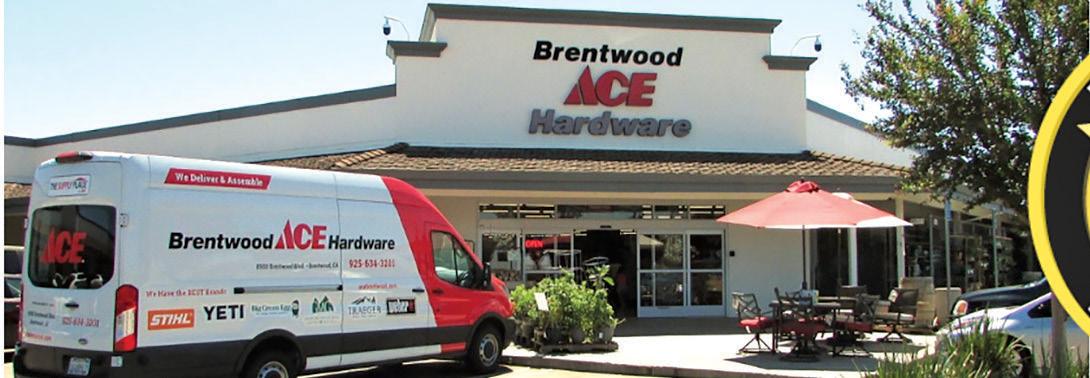









hen it comes to fire safety, most of us don’t think about it until we need it.
But having the right fire extinguisher close by — and knowing how to use it — can make all the difference in protecting your family, your home, or your business.
The first thing to know is that extinguishers aren’t one size fits all. Each type is built for different kinds of fires. If you check the label, you’ll see letters that tell you what it’s for:
metal fires. For offices or areas with sensitive electronics, a clean agent extinguisher is often the best choice. Unlike powder types that can damage computers or servers, clean agents put out a fire without leaving residue behind.
Take a few minutes and look around your area. Do you have the right extinguisher in the right spot? A kitchen with only a Class A extinguisher might not handle a grease fire. An office full of electronics may be better protected with a clean agent unit.

• A for everyday items like wood, paper, or cloth;
• B for flammable liquids such as grease or gasoline;
• C for electrical fires. Many households and small businesses keep an ABC extinguisher, which covers all three.
There are also more specialized extinguishers worth mentioning. Class K extinguishers are made for the heavy cooking oils found in commercial kitchens. They’re essential for restaurants but not something most homes need. Class D extinguishers are used in certain industrial shops for
And, of course, having the right extinguisher isn’t enough unless you know how to use it. That’s where the PASS method comes in: Pull the pin, Aim at the base of the fire, Squeeze the handle, and sweep side to side. A quick refresher now can give you peace of mind later.
Fire safety doesn’t have to be complicated. With a little preparation and the right tools, you’ll be ready to act quickly if the unexpected happens.
For more information on fire extinguishers call or text Titans Safety Services at 510-5576133 or go to www.titansafetyervices.com.

To view a video of the event, visit www.thepress.net/multimedia


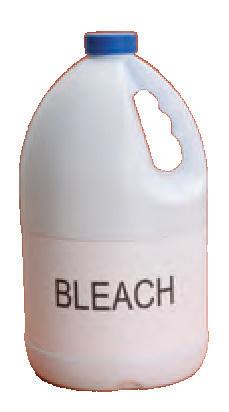
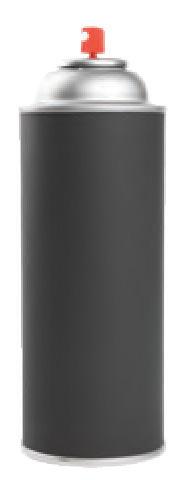


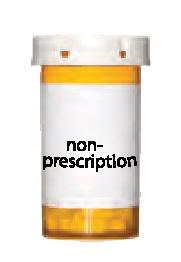




























































































































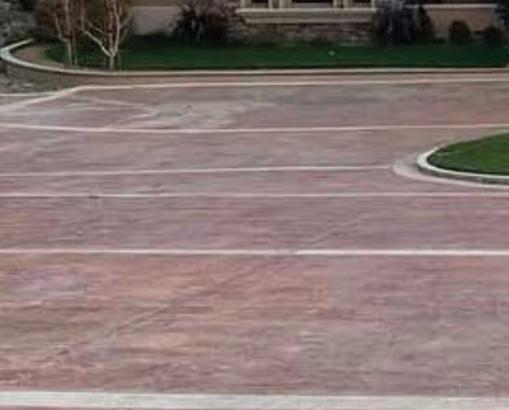
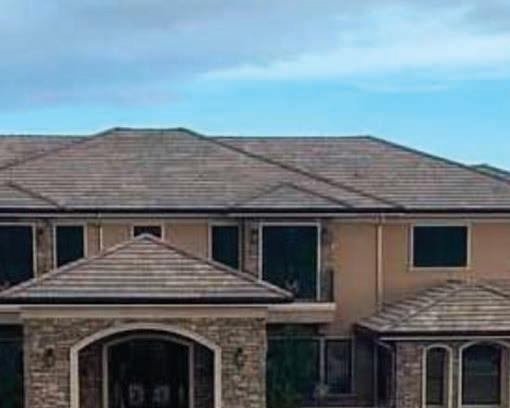
















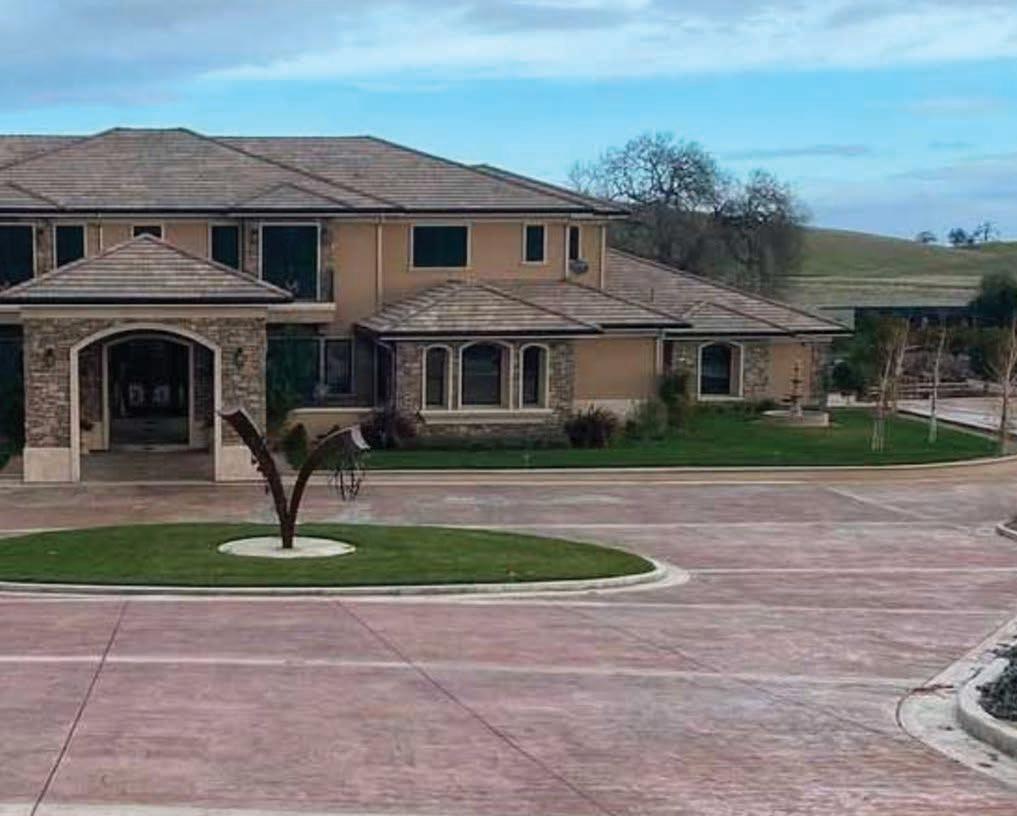




























As the weather turns colder near the end of the year, heat insulation becomes more important.
Most heat is lost through windows, as the R-value, or insulation efficiency, of glass is low, from 0.8 in an untreated single-pane window to a maximum of three in a doublepane window and six in a triple-pane window, according to an article by Aeroseal Windows and Storefront. Dave Rose, of Rose & Sons Glass in Brentwood, and the U.S. Department of Energy offer advice on how different treatments and types of window glass and other features can increase a window’s insulation efficiency.
Windows can be treated with a darkening liquid to become low-emissivity, or low-E, windows, which block most ultra-violet light, and therefore heat, from entering or exiting the home through the glass, Rose said. There are three grades of low-E treatment,


LowE1 through 3, with 1 being the lightest and 3 the darkest. The numbers correspond to the number of layers of treatment that are applied. LowE2 is the most common, as it is “not too dark for most people’s preference,” while still lowering emissivity more than LowE1, according to Rose. He also said that LowE treatment is mainly performed on double-pane windows.
The Department of Energy states that low-E windows can cost 10 to 15 percent more than untreated windows, but can reduce the loss of heat energy in your home by 30 to 50 percent. For more heat retention, you can also install insulated glass windows, which are hermetically-sealed, multi-pane windows with an air gap between the panes that provides additional insulation, according to the Department of Energy. These windows can be filled with a non-toxic noble gas such as argon or krypton to further reduce heat loss.
Besides the type and treatment of glass, the window frame can also help to retain heat
see Windows page 7B
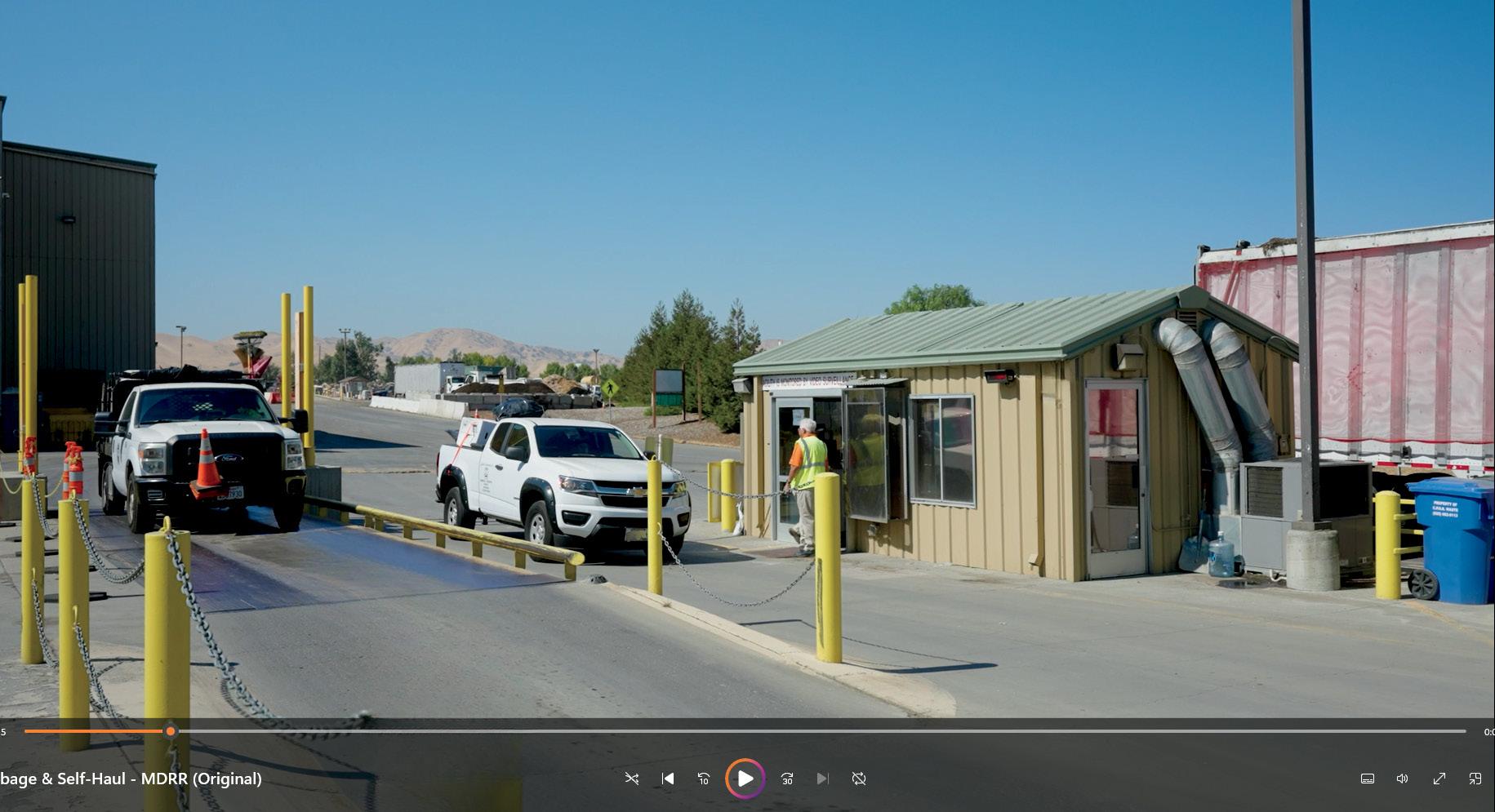



Besides the type and treatment of glass, the window frame can also help to retain heat in cold

in cold months. Composite, fiberglass, and PVC window frames are durable and good at insulating, according to the Department of Energy.
Composite frames are better insulators than wooden ones, while being more resistant to moisture and decay, experts say.
Fiberglass frames are stable and have small cavities in their material that can be filled with insulation, boosting heat retention capability. PVC frames are similar to fiberglass ones in that they can be filled with insulation, and are moisture-resistant and don’t need to be painted.
Metal frames are durable, but conduct heat out of the home easily unless a plastic

thermal break is installed between the frame and sash. Traditional wood frames are good insulators, but are vulnerable to environmental factors such as decay and moisture, requiring frequent maintenance. They can be clad in aluminum or PVC to remedy this.
The way a window opens can be a factor in heat loss as well, experts said, since they can result in air leaking out through an imperfect seal. Windows that slide to open, either horizontally or vertically, generally have higher air leakage rates than those which open inward or outward, or do not open at all, according to the Department of Energy.
For more information, call Rose & Sons Glass at 925-634-5609, or visit www.rosensonsglass.com.



























Landscaping in 2025 is all about smart choices: native plants, year-round color, eco-friendly hardscaping, and spaces that bring family together. As your local experts, Perez Nursery offers top-quality plants, fresh arrivals, and practical know-how to make your yard shine in every season. Come see us in Brentwood and turn today’s trends into your backyard reality!






Decorating safety is of the utmost importance and should be a priority this fall and as the holiday season draws near.

ecorating the exterior of a home for the holiday season is a beloved tradition in countless households. In the movie “National Lampoon’s Christmas Vacation,” Clark Griswold had “250 strands of imported Italian twinkle lights,” each with 100 bulbs per strand. His grand total of 25,000 lights caused a temporary blackout. While driving around to take in holiday lighting
















displays, many people may see some that emulate Clark Griswold’s vision and be inspired to create their own designs.
Lights are just one type of home decoration. Wreaths, inflatables, metal or wooden structures, and much more are part of holiday displays as well. While decorating can be fun and festive, it’s also important to ensure that it is done safely. The following tips, courtesy of Travelers Risk Consultants and Meyer Landscaping
see Decorating page 9B








& Design, can keep family and friends safe during this wonderful time of year.
♦ Plan ahead. Determine how many electrical outlets you have and plan the display around the accessibility of those outlets. Be sure to calculate the maximum amount of wattage allowed so you do not overload the electrical system. Never exceed the maximum number of strings or devices that may be linked together. Lighting packaging should provide such information. Also, plug all outdoor lights and decorations into ground-fault circuit interrupters to reduce the risk of electric shock.
♦ Test the lights. Only purchase lights that have been tested for safety. Look for a certification mark from UL, ETL, CSA, or another nationally recognized laboratory.
♦ Go with LED. Light emitting diode string lights run cooler, last longer and use less energy than incandescent lights.
♦ Inspect decorations. Make sure all the lights, electrical cords, lighted holiday decor, and inflatables are in good condition before use. Dispose of anything that has frayed wiring or is broken.
♦ Use only outdoor-rated products. Be sure the extension cords and any other products are rated for the outdoors. Electrical connections should be kept clean and dry before plugging things in, and an extra step of wrapping plug connections with electrical tape can further reduce moisture.
♦ Practice ladder safety. Ladders are
often utilized when adding lights or other decor to homes. Always be safe on and around ladders. Maintain three points of contact while on the ladder. Don’t risk leaning too hard to one side while on the ladder, and always have a spotter. Use wooden or fiberglass ladders when stringing electrical decor and lights, as metal ladders conduct electricity.
♦ Identify where power lines are located. Be mindful of power lines when decorating outdoors. Keep yourself and decorations at least 10 feet away from power lines.
♦ Skip staples and nails. Nails and staples should not be used when decorating. Nails and staples can puncture the protective layers of a home, allowing moisture to get in and break down the structure of the home. A nail or staple also may accidentally puncture an electrical cord, increasing the risk of electrocution. Use hooks and other attachment devices specially designed for holiday decor.
♦ Avoid items that can contribute to roof damage. Heavy items on the roof can cause unnecessary stress to shingles and result in damage. Use only lightweight and appropriately anchored items on the roof.
♦ Dress appropriately. Before hanging holiday decorations and lights, assess the conditions and wear the proper clothing for the weather. If the weather is especially rough, skip decorating for a safer day.


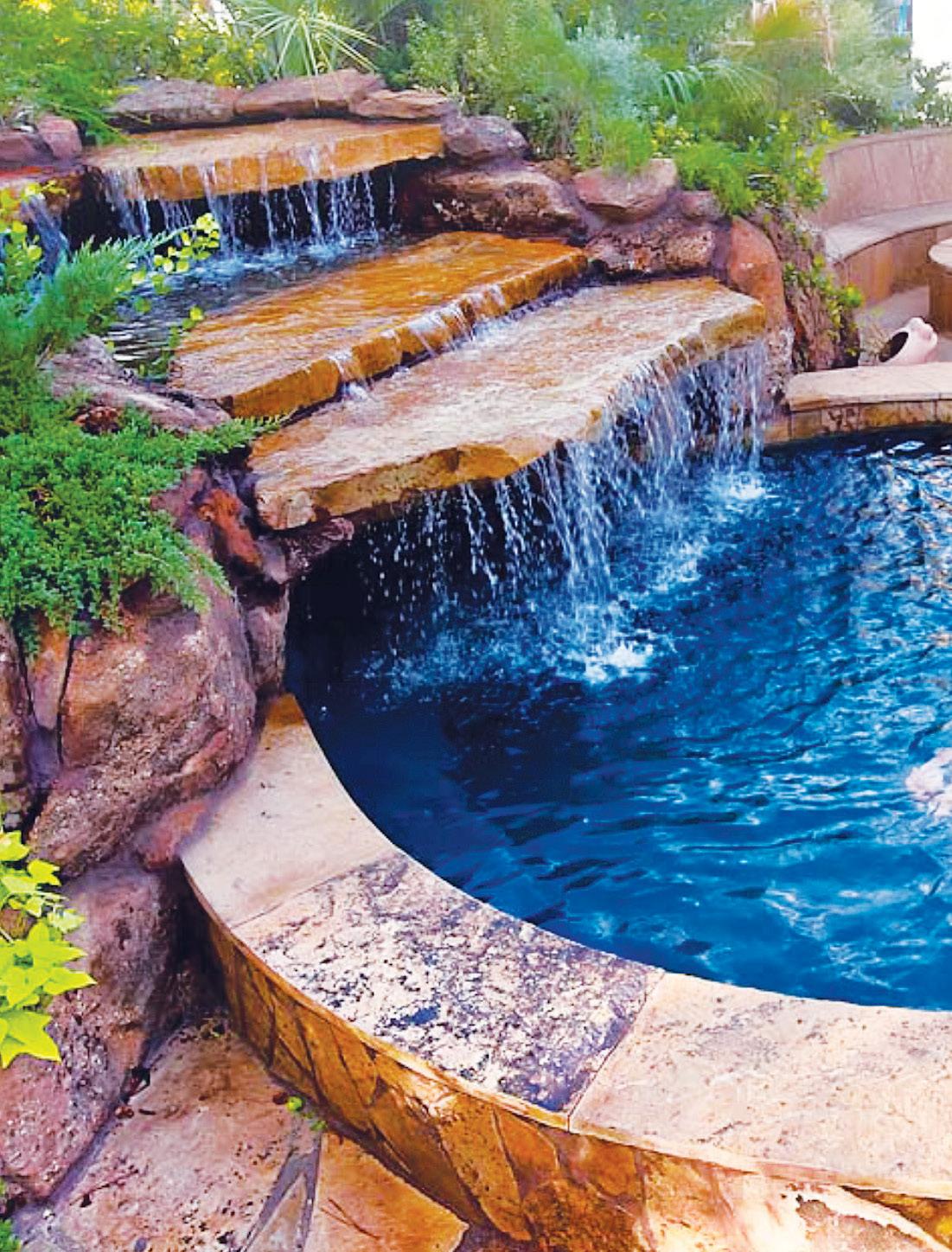










Bathroom and kitchen remodel? We can handle it from start to finish!
Faucet, sink, toilet or drain problems? No problem!
Need additional outlets, ceiling fans, sconces or recessed lighting? We do that, too!
Interior, exterior, fence or other structure that needs painting? We’ve got you covered!
Gutter cleaning, pressure washing, fence repair, landscaping, hauling? We’ve got you covered!


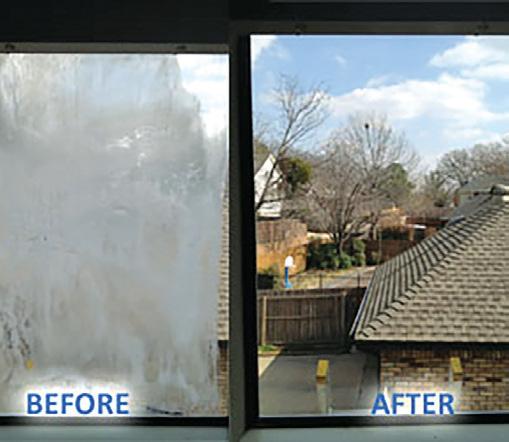
Home improvement projects run the gamut from complex undertakings like room additions to simpler renovations like a new front door. Some home renovations excite homeowners more than others, but all improvements are a way to make a home safer, more comfortable and/or more functional.
A gutter replacement might not inspire the same level of excitement as a room addition or an overhaul of an outdoor living space, but new gutters can help to prevent roof damage and make properties safer by ensuring rain water is directed away from walkways. Homeowners who suspect it might be time for a gutter replacement can look for these signs of fading gutters:
Cracks or splits at the seams of the gutters where two pieces connect is a telltale sign they need to be replaced. Cracks or splits can slowly lead to sepa-



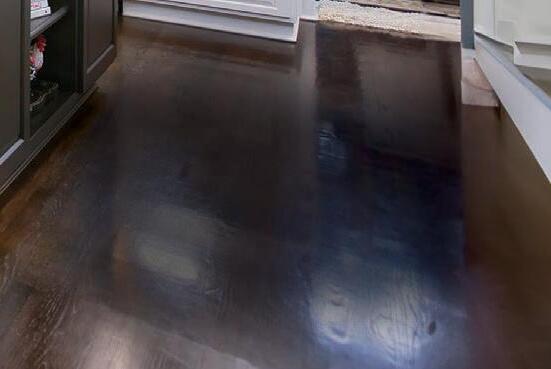


ration of gutter pieces, which will lead to leaks. But not all cracks or splits are found at the seams. Some homes feature seamless gutters, which also can crack or split. Regardless of where they’re found, cracks or splits are warning signs of fading gutters.
Rust is rarely a good sign whether you’re looking at a vehicle or even garden tools. Rust also is a bad sign in relation to gutters. Gutters are painted, and not only for aesthetic purposes. Paint on gutters also serves to protect them from water. When paint begins to flake, gutters will begin to rust and may even produce noticeable rust flakes on the ground below. Rust on gutters and rust flakes beneath them are indicative of gutters that need to be replaced.
Gutters that appear to be pulling away from the home is a sign that they need to be replaced. Gutters are fastened to a see Gutters page 11B




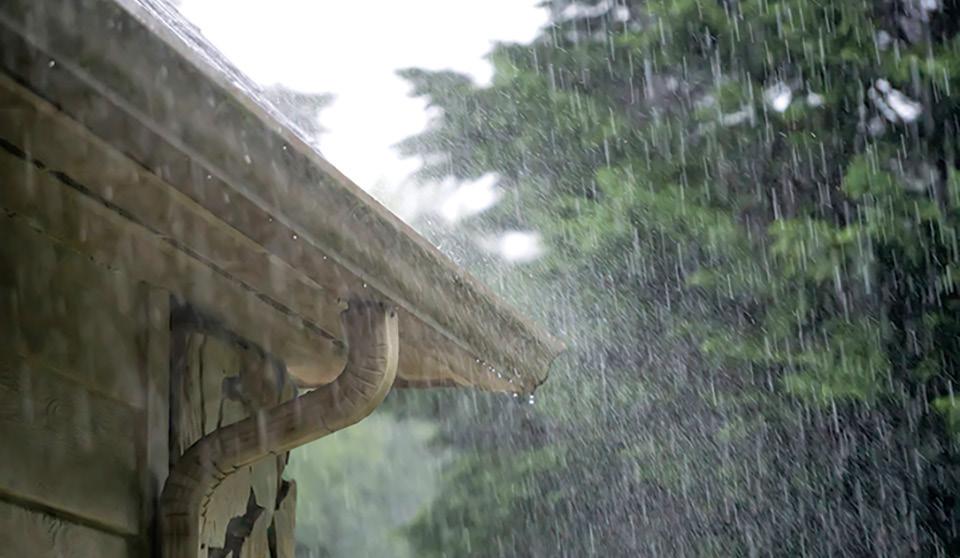

home during installation, which ensures they can withstand rain and water. Over time, those fasteners can wear down, ultimately leading to gutters that appear to be pulling away from the home. Though gutters can be refastened, eventually they will need to be replaced.
Pooling water in a gutter may just be a sign that gutters need to be cleaned. However, pooling water on the ground directly beneath gutters indicates they’re not effectively directing water away from the home.




A home’s interior might not be the first place homeowners look when inspecting for damaged gutters, but a flooded basement or crawl space could indicate a gutter problem. Gutters and downspouts are designed to direct water away from a home when functioning properly. When that isn’t happening, water can pool beneath the foundation, leading to pooling water and other water damage in basements and crawl spaces.
For more information, visit Calisco Roofing at https://www.caliscoroofing.com or call 925-832-9196.
– Courtesy of Metro Creative




